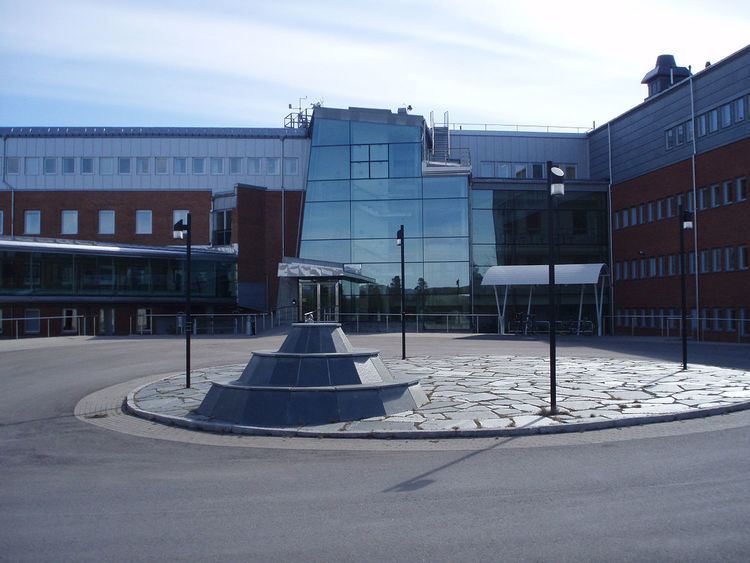Phone +46 980 790 00 | ||
 | ||
Similar Lapland Wilderness Tours, Umeå Universitet, ICEHOTEL, Spaceport Sweden AB, Landströ Kök & Bar | ||
Irf kiruna swedish institute of space physics and the eiscat radar mobius action cam
The Swedish Institute of Space Physics (Swedish: Institutet för rymdfysik, IRF) is a Swedish government agency. The institute's primary task is to carry out basic research, education and associated observatory activities in space physics, space technology and atmospheric physics.
Contents
- Irf kiruna swedish institute of space physics and the eiscat radar mobius action cam
- The swedish institute of space physics in pictures
- Foundation
- Satellite experiments
- Continuous measurements
- Ground based auroral research
- Atmospheric research
- References
The swedish institute of space physics in pictures
Foundation
The IRF was founded in 1957 and the first Kiruna-designed satellite experiment was launched in 1968. The institute has about one hundred employees and has its head office in Kiruna. Other offices are situated in Umeå, Uppsala and Lund.
IRF, originally the Kiruna Geophysical Observatory, began as a department within the Royal Swedish Academy of Sciences. It has been a public research institute since 1973, under the auspices of the Swedish Ministry of Education and Culture.
Satellite experiments
IRF participates in several international satellite projects. At present, data from satellite instruments are being analysed to help us better comprehend the plasma-physical processes in the solar wind and around comets and planets. For example, the Swedish Viking and Freja satellites, with equipment from IRF on board, have greatly increased our knowledge of the auroral processes in the Earth’s magnetosphere, as have the microsatellites Astrid 1 and 2, launched in 1995 and 1998. IRF's own nano-satellite Munin (at 6 kg (13 lb) the smallest-ever research satellite) was launched in 2000. An IRF-built instrument on board the Indian satellite Chandrayaan-1 (launched 2008) collected data from the moon and new techniques for making particle measurements in space were tested on the Swedish satellite mission Prisma (launched 2010). IRF has instruments on board the following on-going satellite projects:
Forthcoming satellite missions include:
Continuous measurements
Continuous measurements of the following are made at IRF
Ground-based auroral research
Experiments are conducted with research radars, such as those of the European Incoherent Scatter Scientific Association (EISCAT) with transmitters in Tromsø and on Svalbard. These are used for example to study the processes which cause the aurora. The three-dimensional structure of the aurora is studied with ALIS (Auroral Large Imaging System), a multi-station imaging system which uses tomographic reconstruction techniques, artificial intelligence and advanced IT.
Atmospheric research
Atmospheric research at IRF focuses on studies of
Radar, optical methods, sounding rockets and balloons are used for atmospheric studies. Continuous measurements are made of:
